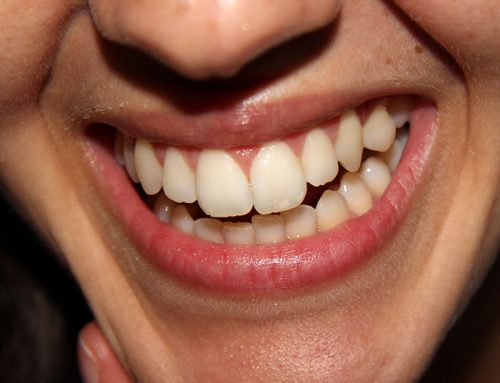What is gum disease and how can I prevent it? Two of the most common questions I hear in the office. Gum disease is a very common disease in the adult population of my practice. While most of us will experience it to some degree at some time during our lifetimes, credible estimates of the number of stricken adults run from 75-90%. That’s a lot of potential suffering. Having said that, gum disease is preventable, treatable, and if caught early enough, reversible. It’s what happens when it isn’t caught in a timely fashion that’s the problem.
To appreciate why time is so crucial, it’s important to understand that gum disease is progressive and is caused when unhealthy oral bacteria overwhelm the healthy ones, inhibiting your body’s ability to fight them off naturally. The earlier this cycle is interrupted the greater your chances of restoring your oral health.
Here’s a brief primer that I share with my patients to explain the two broad categories of the disease. (Incidentally, you can experience different stages in different parts of your mouth at the same time.)
Gingivitis: This is the earliest stage. It only affects the gum tissue and not the underlying support structure and bones. The gums may look normal on the surface and when you smile, which is why it’s called a silent disease. However, over time you might begin to notice symptoms of infection such as redness or puffiness, a bad odor, and bleeding during brushing or flossing.
Periodontitis: It’s a more advanced gum disease where these symptoms become amplified. The infection spreads from the gum into the underlying bone. If left untreated, teeth may become loose and eventually lost due to infection. Periodontal disease will cause the gums to shrink away from the crowns of the teeth and expose some of the roots, making the teeth look longer as well as more susceptible to root cavities.
There are certain conditions and times of life that can predispose you to gum disease, especially if you’re over age 40…
As I mentioned at the beginning of this blog, gum disease is preventable, treatable, and sometimes though not always, reversible. Those unhealthy bacteria that alter your mouth’s chemistry build up in plaque – the sticky film that you can feel on your teeth. This is a never-ending process, so unless you want this film to calcify, damage your gums, and spread infection, your oral hygiene campaign has to be equally relentless – no slacking off.
I understand that sticking with routines in today’s busy world can be a challenge, so here’s a simple 4-step program that I think you can manage.
1) Brush your teeth at least twice a day for 2-3 minutes. (Yes, minutes!) Brush gently and pay extra attention to the areas where your teeth and gums meet.
2) Floss! Get to the spaces your brush can’t reach between and under the gumline. If you don’t floss, it means more than one third of your teeth aren’t getting cleaned.
3) Get checkups regularly. I can spot gum disease in the early stages before you notice anything. A good professional cleaning will also remove built-up and calcified bacteria (tartar) before it has a chance to promote gum disease.
4) Call immediately for a dental appointment if you notice shiny, red, puffy, or sore gums, or a change in gum color, gums that bleed every time you brush, a metallic taste in your mouth, or redness around the base of your teeth.
The truth is that for most people, gum disease worsens slowly, and there’s no way to determine its severity without coming in for a detailed examination. Remember … it’s usually the parts of your mouth that get the least attention that are most at risk.






